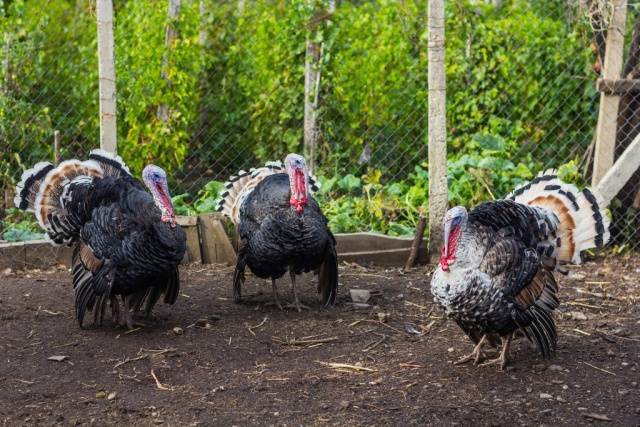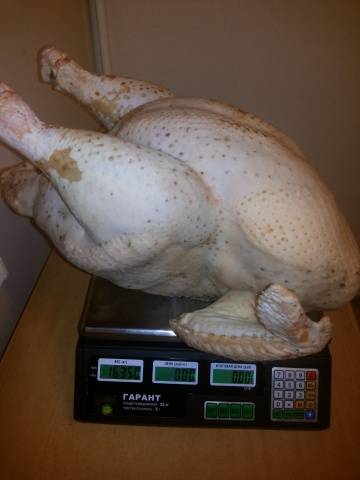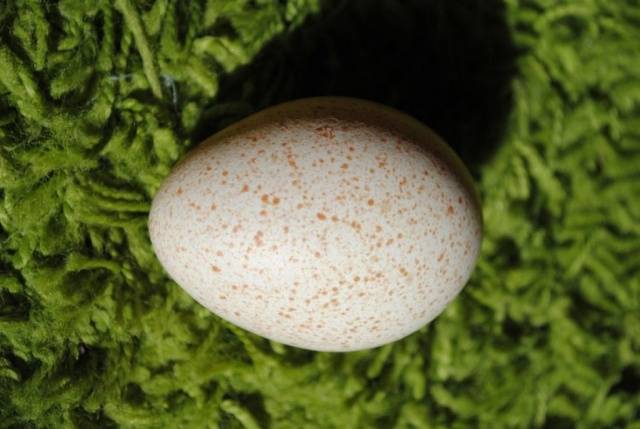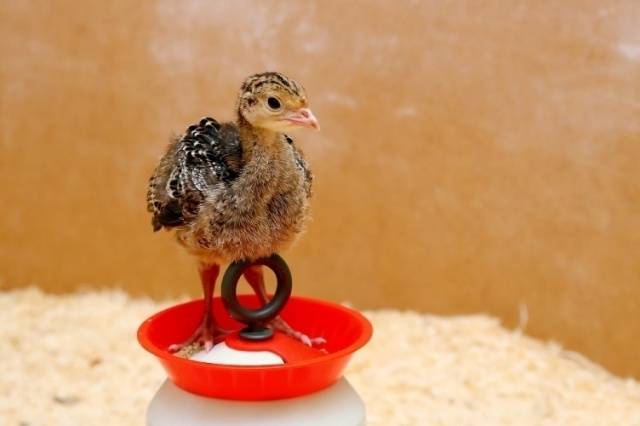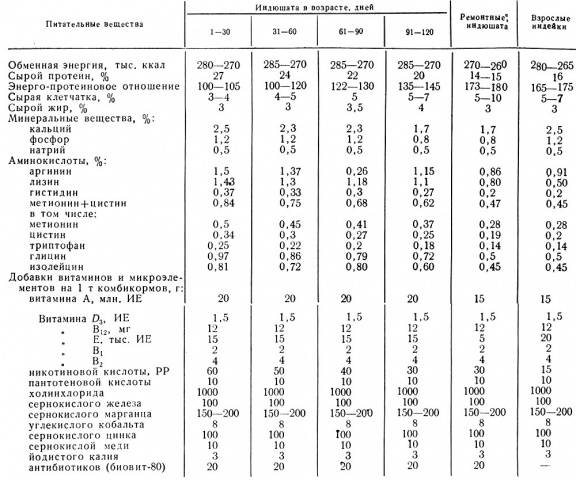Content
Bronze broad-breasted the turkey is a favorite among the breeders of these birds. This breed was bred for closed farms in the United States of America, obtained by crossing domestic and wild turkeys. Then the original form of Orlopp Bronze was developed in the UK, on the basis of which turkeys Bronze 708 (heavy cross) are produced in France. The name of the breed is due to the plumage of the bronze tide.
Breed benefits
- Rapid maturation of the bird: after only 23 weeks, the female becomes suitable for obtaining meat, the turkey - after 24 weeks.
- Adult bronze turkeys reach record sizes for poultry: the weight of females reaches 10 kg, turkeys - twice as much.
- Despite their large size, the birds do not need too much feed.
- Turkey meat of this breed has excellent taste.
- Females do not require artificial insemination.
- The egg production of females is at a high level - within 120 eggs per reproductive period.
- A large percentage of both hatchability of turkeys (85-90) and their survival, which provides a good increase in the number of birds.
- Birds of a bronze broad-breasted are resistant to many diseases.
The only inconvenience in breeding a bronze broad-breasted turkey is the need for an aviary (then the productivity of the bird will be at a high level).
Cross "BRONZE-708"
Currently, the country of origin of this heavy cross is France.
Turkeys of the cross bronze 708 are larger than the broad-breasted bronze birds. Like all crosses, Bronze 708 turkey poults do not inherit the traits of their parents.
The turkey is considered a broiler. It can weigh up to 30 kg, subject to all conditions of detention: a stable certain temperature in the room where the birds are kept, and a verified diet. As a rule, it is difficult to fulfill these requirements at home (especially to maintain the temperature regime, since this requires a microclimate system). Therefore, when breeding turkeys of this cross in non-industrial conditions, the real weight of females is within 9 kg, males - 18 kg.
Delicate meat of turkeys, which tastes like game, is ideal for dietary nutrition - it contains only 8-9% fat. The meat part of the carcass is 60-80% (most of all meat on the chest, back and legs).
At the age of 10 months, the turkey begins to lay. The egg production of females is very high: a maximum of 150 eggs can be obtained per season, while 120 of them will be fertilized. Eggs are large, brown speckled, have excellent taste. Usually, the maternal instinct is not expressed in crosses, but this does not apply to Bronze 708 females - they are good hens, and they can even hatch other people's clutches.
Turkeys aged from one to 3-4 years are suitable for reproduction, and the best hens are two-year-old females.
How cross bronze 708 looks like can be seen in the video:
Conditions of detention
The aviary should be spacious - at least one square meter per bird. The room temperature should not exceed 20 degrees Celsius in summer and not fall below 5 degrees below zero in winter. Drafts must be avoided. The cells need to be kept clean.
Be sure to lay sawdust, straw or hay on the floor. The mat should be changed regularly.
To install perches, you need to choose the warmest place in the room. They need to be placed at a height of 40-50 cm from the floor. The nests need to identify the darkest spot.
To prevent the appearance of parasites in turkeys, containers with ash and sand should be installed in the poultry house, where the crosses will take "baths".
You can walk turkeys only in the warm season on a dry surface of the yard or in an aviary. On the street, the place for walking can be sown with grass and provided with a canopy.
In the spring, it is necessary to disinfect the place where the turkeys are kept. The treatment is carried out with hot water with the addition of soda (caustic).
Ideal placement of birds: a male and two females in one enclosure. You cannot settle several males at the same time - they will arrange bloody fights, up to serious injury to each other.
Turkey poultry care
Of the entire brood, at least 70% of turkeys survive, but they need to create greenhouse conditions: to exclude both drafts and stagnant air, to prevent dampness in the room. The turkey poultry requires at least 10 hours of daylight, so additional lighting must be installed in the house.
For 20 chicks, you need at least five square meters of the enclosure area; when the turkeys reach four months, the area should be doubled.
Bird feeding
Young animals must be provided with food 3 to 4 times a day.
The feed should be balanced, contain vitamins, minerals and trace elements. You also need to add top dressing. The birds eat grains, chopped grass, vegetables, and mash. Bone meal is added to the feed. One young bird eats, on average, 2 kg of food.
What nutrients are required for the nutrition of turkeys and adult birds can be seen from the table in the photo:
In winter, so that there is no vitamin deficiency, you need to add to the feed: nettles, wood brooms, green hay, vitamin coniferous and herbal flour, sauerkraut. You can combine cereals with legumes. To make the food better grind, fine gravel mixed with limestone is added to the feeder. The ratio of herbs, green vegetables and dry concentrates should be equal.
When turkeys lay eggs, they need to reduce the amount of grains in their diet and increase the amount of herbs and vegetables. In order for the eggshell to be strong, cottage cheese, bone meal and skim milk are added to the feed for the layers.
Bronze 708 turkey poults need more protein than others. To fortify the feed, green onions, beets, carrot tops, and rape are added to it.
Conclusion
Breeding and growing bronze turkeys is extremely profitable in a household environment: the funds spent on their maintenance pay off very quickly. The main thing is to comply with the conditions of detention - and you can enjoy a tasty and healthy product.

